I have a friend who is working on a sewing project using stretch velvet. he is making drapery panels with it . The problem is trying to achieve a straight hem, the material wants to twist and turn. Does anyone have any helpful hints?
Conversational Threads
Threads Insider
Get instant access to hundreds of videos, tutorials, projects, and more.
Start Your Free TrialAlready an Insider? Log in
Conversational Threads
Highlights
-
Sign up for the Threads eletter
This site is protected by reCAPTCHA and the Google Privacy Policy and Terms of Service apply.See all newsletters -
 Sponsored Content
Sponsored Content
Where to Buy
-

-

-

-

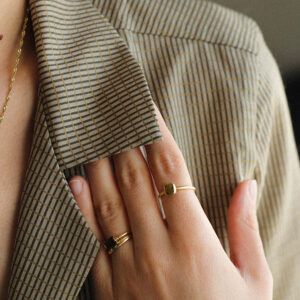
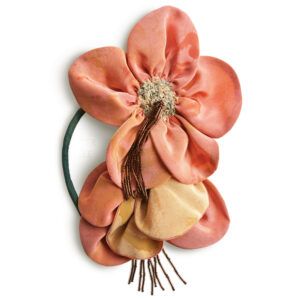
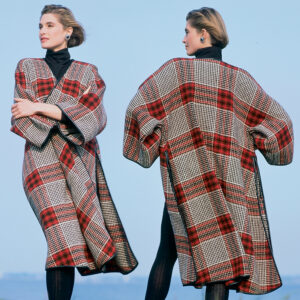

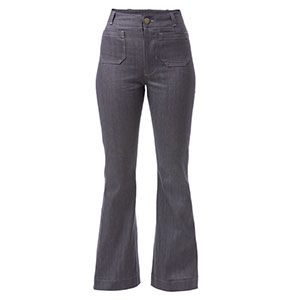
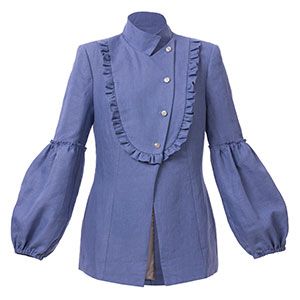
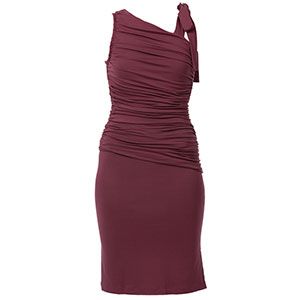
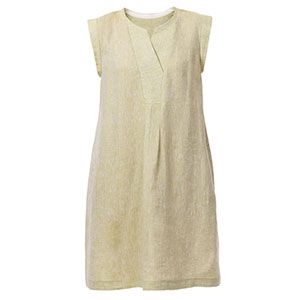
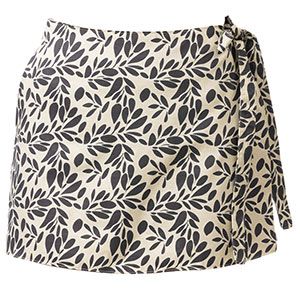
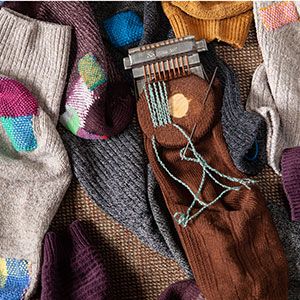

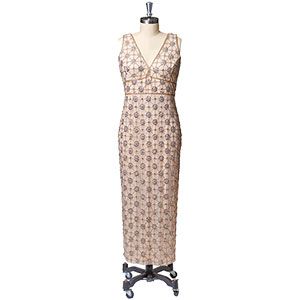

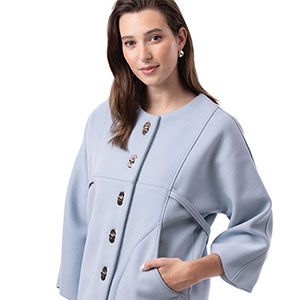
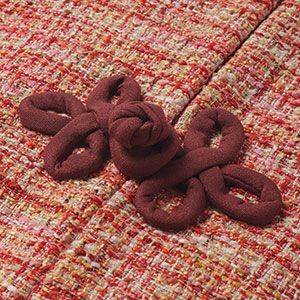




Replies
I would recommend using a bias-cut interfacing under the hem. You might want to look at wovens and also knits to find something that will stabilize the hem without negating the effect of the velvet. Drapery workrooms often use cotton flannel for this. I would start with the same stretch velvet, bias cut, and have it extend from the hem to about l" above the sewing line. This is exactly like hems in fine suit jackets are sewn. If the drapes are not lined, perhaps you could face the hem and the stitching and the extra layer would do the trick. Also, I'd use tissue under the fabric as I sew to keep the fabric from stretching (buy tissue the same color as your fabric and you can't see what you can't pull out). Custom draperies are often sewn with a 5" double hem; you can see the weight this adds to the hems. God bless you, Galey PS If this is an unlined drape, consider using a heavyweight bias-cut satin for the stabilizer/facing for a designer touch. And remember, bias doesn't fray so you can leave that top edge unfinished.
Interfacing is the way to go. Instructions for doing this are in Marcy Tilton's book on Tops and T-shirts. She serges the interfacing to the hem edge before fusing the interfacing, with the sticky side out. Then she fuses the hem in place and topstitches. (I am writing this from memory, you may want to check for accuracy.)
Pamela's Patterns T-shirt pattern has a similar instruction, using Steam-a-Seam light. The hem is topstitched after fusing.
The idea of satin binding sounds good, too, though.
Marijke
thanks for the helpful hints!!!!!also the reference book, i so appreciate it!!!!! linda
thanks for the help, i'll pass it on to my friend! you gave some ideas i should have thought of but didn't . thanks again!!!!! linda
This post is archived.